New Frontiers Jeff Bezos Could Conquer if He Wasn’t Trying to be Elon Musk
If you’re a space nerd like I am, odds are good news has long since reached your ears about Blue Origin filing a 175 page protest with the Government Accountability Office over NASA’s selection of SpaceX as the sole provider of lunar lander solutions for the Artemis program.
The short version is that with the level of funding approved for Artemis under the 2020 budget, NASA simply couldn’t afford more than one lander, and in fact couldn’t afford either of SpaceX’s competitors (Blue Origin and Dynetics) even if they went solely with either.
SpaceX was able to fit their proposal within NASA’s limited budget and was awarded the meager, but sufficient 2.9 billion dollar contract while Blue Origin wanted 6 billion and Dynetics bid even higher. A bold choice for a company with a lander designed in Kerbal Space Program (yes, really).
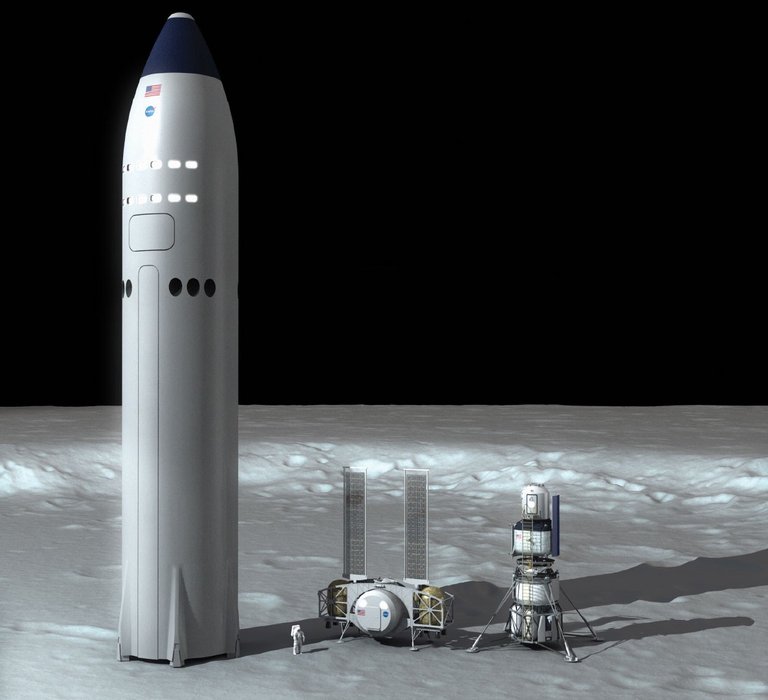 From left: SpaceX, Dynetics, Blue Origin
From left: SpaceX, Dynetics, Blue Origin
Needless to say, this quarrel threatened to delay the Artemis program for no better reason than Jeff Bezos (and David A King, Dynetics CEO) being a sore loser. He’s been patterning himself after Musk for the last decade, yet in all that time no Blue Origin rocket has so much as made it to orbit.
Meanwhile in that same timeframe Musk has not only achieved orbit but docked to the ISS delivering cargo and more recently astronauts, he’s successfully landed and re-used boosters, and safely landed one Starship (after several exploded). Musk is so far ahead, it begs the question: Do we need two Elon Musks if one of them is significantly behind?
I’d normally answer yes because any time billionaires spend their wealth in a manner more constructive than snorting cocaine off instagram supermodel asses on their gigantic yachts in international waters, it’s a win for humanity and something we ought to laud them for. They are after all under zero obligation to use their wealth constructively.
However he’s not simply redundant in this case, he could wind up holding back manned spaceflight if he continues to squabble over contracts like this. Joe Biden saved Artemis from delays this time, increasing NASA funding by 5% so they could afford to approve all 3 bids simply to prevent litigation even though they’re still going with SpaceX.
What a waste of public money that will flow directly into the pockets of men whose landers will never be used. Ransom, essentially, for the Artemis program timeline. All because Jeff Bezos is under the influence of that green eyed dragon named jealousy, and cannot stand losing to Musk at anything.
Is this really the optimal use of the considerable resources commanded by the tiny number of billionaires on Earth willing to invest their fortunes in humanity’s future? Are there no equally deserving projects, no equally promising frontiers Jeff Bezos might open the way to, where he and Elon won’t be stepping on one another’s toes?
Imagine an Elon Musk of the ocean. Exploring and colonizing inner space, not outer. Think of how neglected this blue frontier has been, historically, compared to space. More has been spent occupying low Earth orbit in the ISS for the past twenty years than on all the manned undersea labs since 1965, combined.
Mind you, there have been about 70 such seabed laboratories, so that contrast is due in part to oceanic habitation being inherently less expensive than putting living space into orbit (much less sending it to the Moon, or Mars). But what might have been accomplished beneath the waves by now if undersea exploration and settlement had received the same degree of financial support that the Apollo and ISS programs have?
There were various abortive junctures in history where this nearly occurred. Oceanlab was a conceptual deep water habitat that was to be emplaced at a depth of 1,000 feet, with its own ballast tanks for easy relocation to different sites as the scientific opportunities at each were depleted. However it would’ve competed with the Apollo program (ongoing at that time) for funding, so it was canceled.
Imagine what a man like Jeff Bezos could do for oceanic exploration, settlement and resource development. For offshore farming of sealife, for renewable energy generation from the gulf stream, for deep sea mining. On the surface, imagine what he could do for seasteading! Or how seasteading and offshore, undersea business activities could complement one another, given sufficient funding to get off the ground (or mainland, in this case)
He wouldn’t have to start from scratch either, as he did with Blue Origin. A good starting place might be to fund Proteus, Fabien Cousteau’s underwater lab, which will be the largest ever constructed. He might thereby leverage Fabien’s wealth of experience with underwater habitation and use it as a springboard to commercialize the technology in support of (for example) mariculture and seafloor mining.
Seasteads could become the company towns of the 2020s, housing for the families of aquanauts working out of habitats far below. Such habitats could then be supplied with electricity, hot water and fresh air by machinery mounted to the floating community above it, maintained by employees living there.
Then there’s Antarctica. The last frontier on Earth (on dry land, anyway). China is, at the time of this writing, busy constructing their sixth base on the frozen continent. Construction on the new McMurdo (pictured) was halted when a few cases of covid popped up despite extreme isolation protocols that were expected to prevent it from reaching polar populations.
Despite such setbacks, interest in Antarctica continues to grow as the end of the Antarctic treaty prohibiting resource extraction nears its end. When it elapses, the validity of national land claims will depend on who has continuously inhabited which parts of the continent since the treaty was signed.
This, more than scientific interest, explains why so many countries have bases on Antarctica. I’ve documented many of them myself in the past. Antarctica is the last remaining landmass with preindustrial densities of natural resources like coal, oil and valuable metals. Whether or not we ought to extract those resources, many powerful actors have their eyes on them.
It is doubtless that when 2050 comes and goes, Antarctica will become the new frontier for expansion. Russia has been very vocal and emphatic about their interest in Antarctica, planting a flag on the Antarctic seabed under the ice back in 2007, on top of constructing ten research bases and counting (though China is catching up).
These population centers will have significant logistical needs that a company like Amazon will be best positioned to meet. Moreso if Bezos diversifies into polar shipping now, in anticipation of this future. It is said in business and hockey alike, the key to success is skating to where the puck is going to be, not to where it is now.
There have been several credible plans to build population centers in Earth’s polar regions. Depending how we define polar regions, some (like Norilsk, Longyearbyen, Nunavut, Iqualit, etc.) already exist. But more ambitious plans were floated in 1958 by Ralph Erskine to build a half mile diameter, nuclear heated dome over Iqualit as a prototype for future polar colonies.
This and other plans for polar cities, notably one by the Argentinian government, never came to fruition. But was it because they were inherently bad ideas, or just many decades before their time? Solutions for problems which did not yet exist, cities of the future that needed only wait for the future to arrive.
Besides polar logistics and oceanic resource development, there’s also subterranean expansion as a new frontier for Jeff Bezos to tackle. Or perhaps we’re just revisiting a very old frontier, returning to the cave dwelling ways of our ancestors.
Many far northern cities like Toronto and Montreal have extensive underground levels connecting the buildings so you can go anywhere in the city without exposing yourself to the harsh weather. But Helsinki, Finland has nearly an entire city carved out of the Earth underneath it, with shelter space for every last resident in the event of war or some other catastrophe.
They have a subterranean water park, skating rink, soccer field, archery range, shops, restaurants, clinics and more on top of the civil defense bunkers that are also part of the tunnel network. What a way to one-up Musk’s now abandoned tunneling projects! Which northern city couldn’t benefit from an extensive layer of subterranean connective tissue?
But then, that’sa topic which deserves its own article. The point of this one was to furnish some ideas, in the vanishingly improbable event Jeff Bezos ever sees this, for how he can build a unique legacy for himself. Not just copying what Elon Musk does like a star struck follower, instead blazing his own distinct trail into the future.
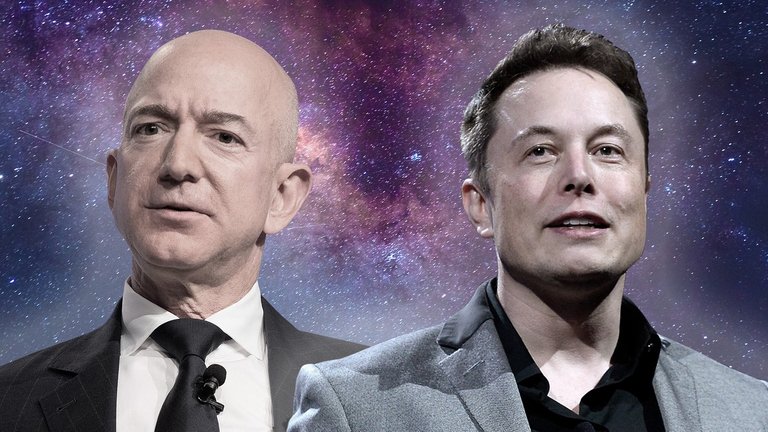
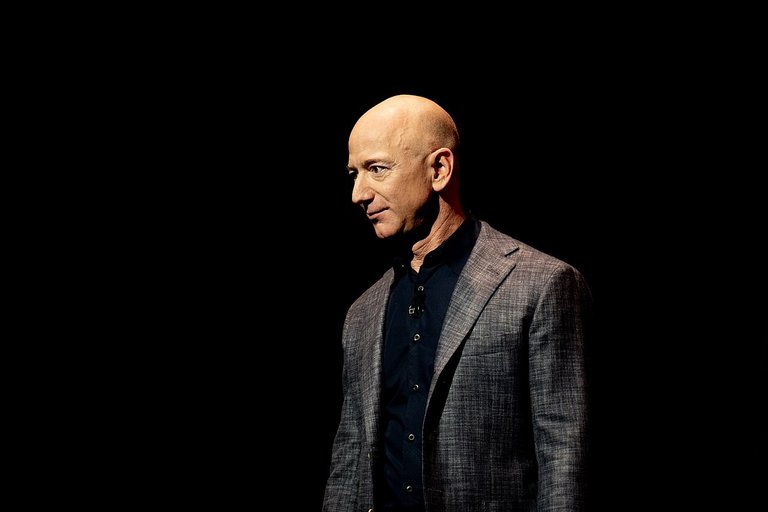
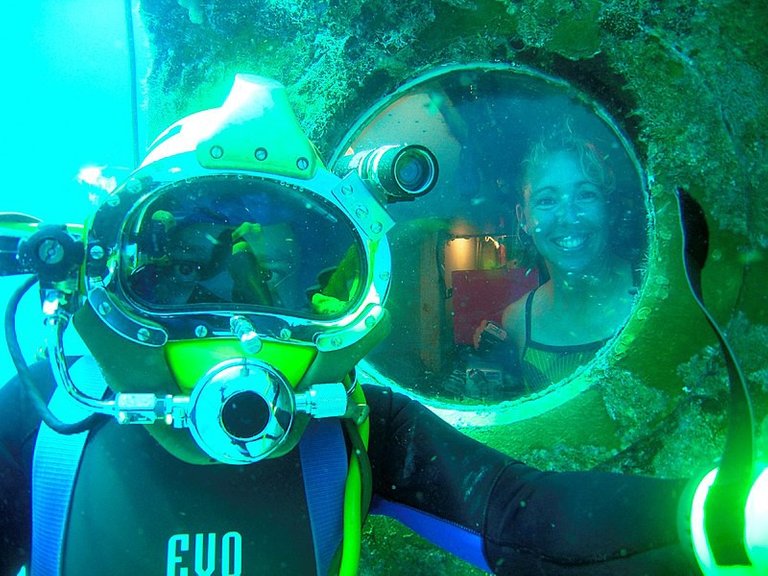
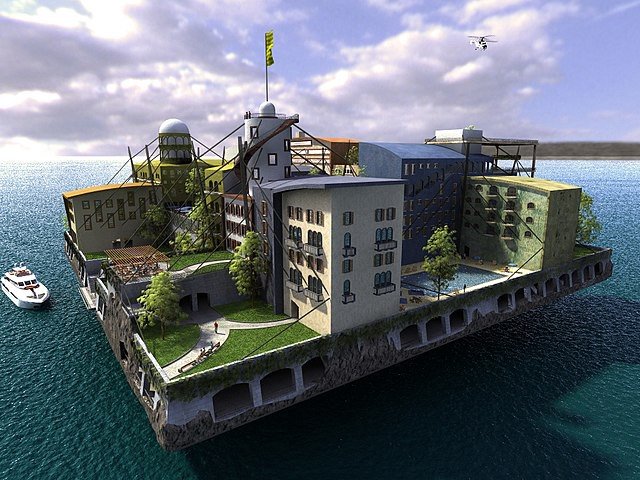

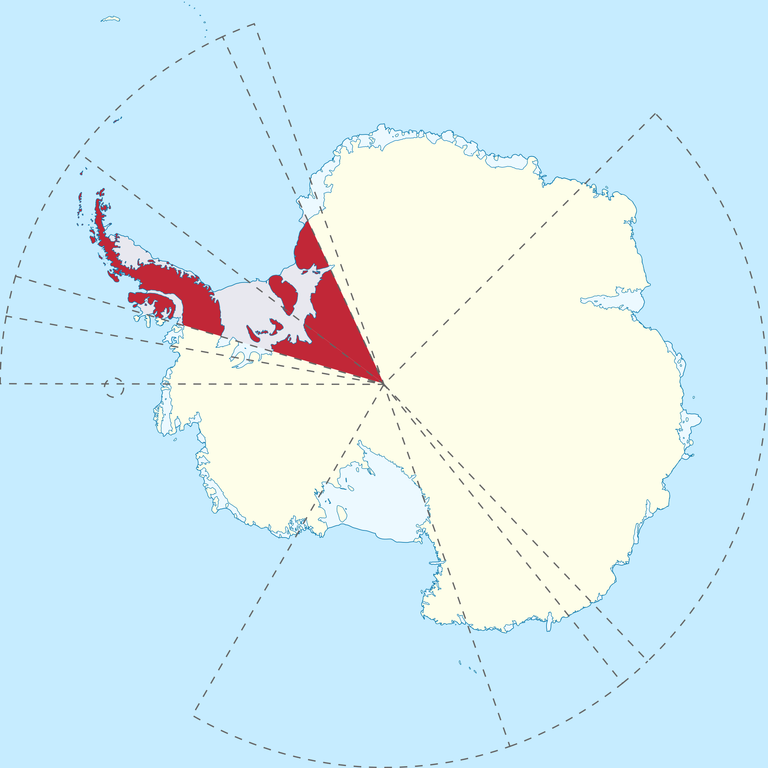

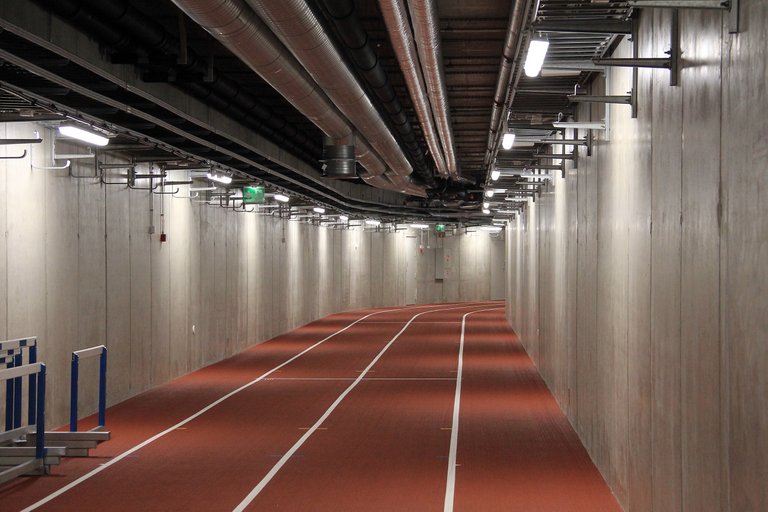
It was very sad to see the outright corruption of paying Blue Origin for a second rate product they won't even deliver on. What the hell is a competition for if the (sore) loser wins?
You make a good case for Antarctic development. It would be great to just leave it alone, but with temperatures rising and rich resources becoming exploitable, it's clear that the developed world's governments are recalibrating to the usefulness of the treaties that have so far kept it relatively untouched. The private sector has riches of niches to fill there.
Indeed, watch those tax dollars circling the drain. Still, it bodes well for NASA that the Biden administration seems supportive, and it bodes well for all of us that some billionaires appear to desire public approval.